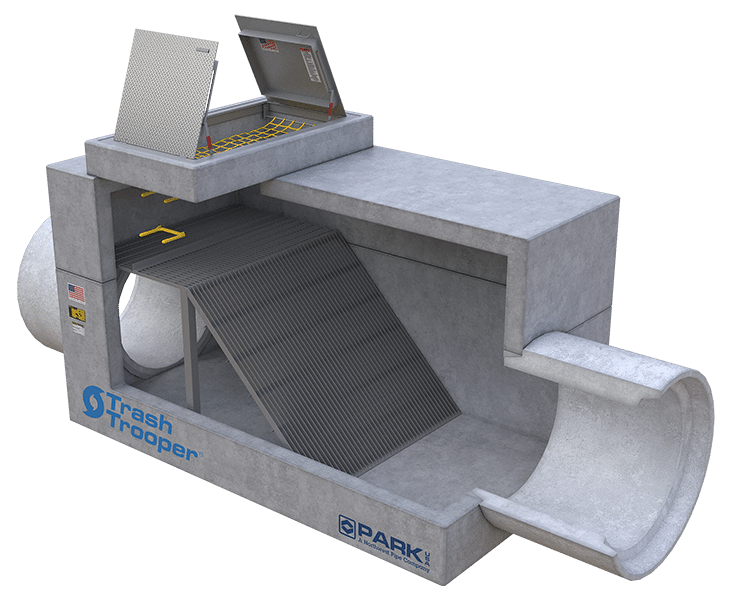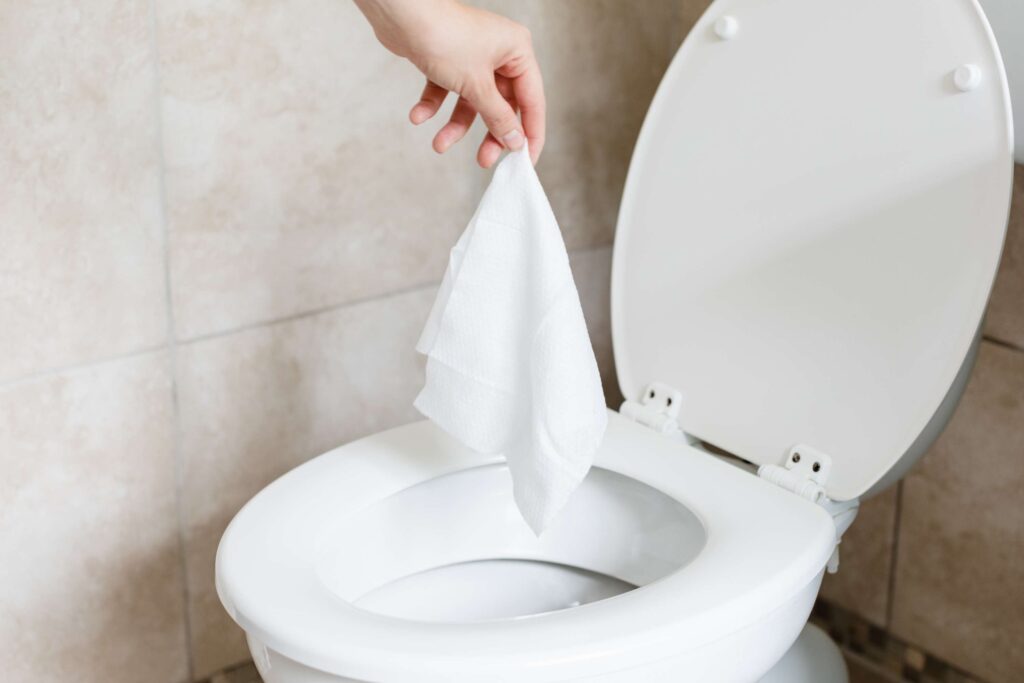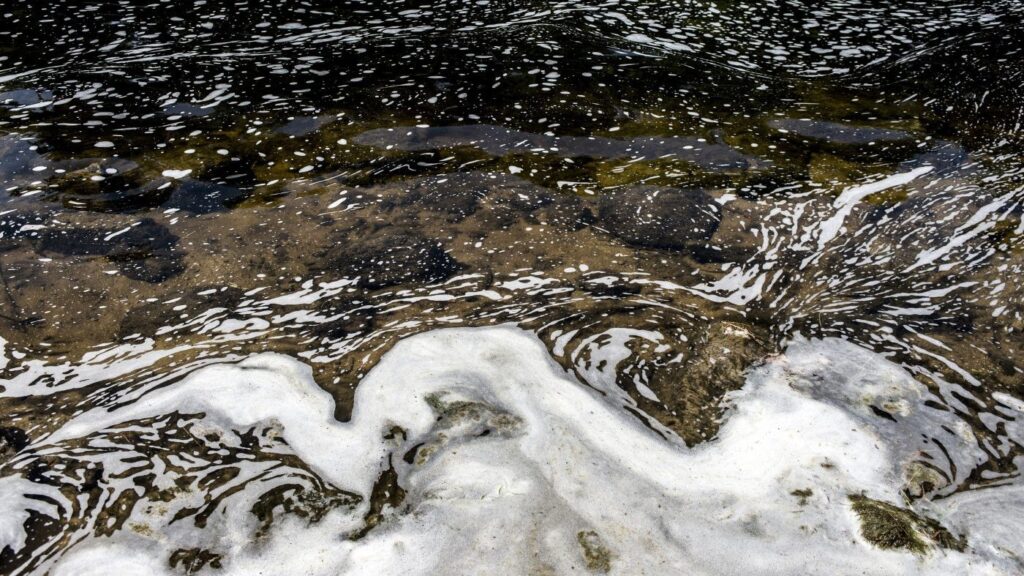Background
The Oil Pollution Prevention regulation promulgated under the authority of §311 of the Federal Water Pollution Control Act, or Clean Water Act (CWA) sets forth requirements for prevention of, preparedness for, and response to oil discharges at specific non-transportation related facilities. To prevent oil from reaching navigable waters or adjoining shorelines, and to contain discharges of oil, the regulation requires these facilities to develop and implement SPCC Plans and establishes procedures, methods, and equipment requirements. The SPCC rule was promulgated in 1973, with significant amendments published in 2002. EPA finalized additional revisions in 2006, 2008, 2009, and 2011. §112.1 of the SPSS rule establishes the general applicability.
The SPCC rule applies to facilities that:
- Are non-transportation related;
- Have an aboveground oil storage capacity of more than 1,320 US gallons or a completely buried oil storage capacity greater than 42,000 US gallons; and
- Could reasonably be expected to discharge oil to navigable waters or adjoining shorelines in quantities that may be harmful.
- Any container with oil capacity less than 55 US gallons is exempt.
Oil-filled operational equipment is covered by the SPCC rule. Oil-filled operational equipment includes equipment with an oil storage container (or multiple containers) in which the oil is present solely to support the function of the apparatus or the device. Examples of oil-filled operational equipment include, but are not limited to, hydraulic systems, lubricating systems (e.g., those for pumps, compressors and other rotating equipment, including pumpjack lubrication systems), gear boxes, machining coolant systems, heat transfer systems, transformers, circuit breakers, electrical switches, wind turbines, and other systems containing oil solely to enable the operation of the device.
The SPCC rule applies only to facilities that, due to their location, can reasonably be expected to discharge oil as described in §112.1(b). The rule does not define the term “reasonably be expected.” The owner or operator of each facility must determine the potential for a discharge from his/her facility. According to §112.1(d)(1)(i), this determination must be based solely upon consideration of the geographical and locational aspects of the facility. An owner or operator should consider the location of the facility in relation to a stream, ditch, gully, or storm sewer; the volume of material likely to be spilled; drainage patterns; and soil conditions.
Compliance
Properly designed, maintained, and operated oil water separators (OWS) may be used as part of a facility drainage system to meet the secondary containment requirements of the rule in §§112.7(c), 112.7(h)(1), 112.8(c)(2), 112.8(c)(11), 112.12(c)(2), and/or 112.12(c)(11). Additionally, §§112.8(b), 112.9(b), and 112.12(b) set forth design specifications for drainage associated with secondary containment provisions at a facility. Standard gravity and enhanced gravity separators, or other types of OWS, may be used to meet secondary containment requirements. In this application, the separators are expected to have oil and water present in the system when there is an oil discharge or oil-contaminated precipitation runoff within the drainage area.
When OWS is used to meet SPCC requirements, it must be properly operated and maintained to ensure it will perform correctly and as intended under the potential discharge scenarios it is aimed to address. The separator must be constructed to contain oil and prevent an escape of oil from the system prior to cleanup to comply with the secondary containment provision for which it is intended (§112.7(c)).
OWS Sizing
To comply with the general secondary containment requirements of §112.7(c) OWS sizing must address the most likely discharge from any part of the facility and should consider:
- The drainage area that flows to the separator;
- The corresponding anticipated flow rate of the drainage system to the separator; and
- The appropriate capacity of the OWS for oil and for wastewater.
Example: Substation A has one transformer with 187 gallons of mineral oil capacity, one transformer with 420 gallons of mineral oil capacity, and four transformers with 53 gallons of mineral oil capacity each. The area is not diked, as standing water at a facility where high voltage is present is a potential safety hazard. The peak rainfall intensity of 0.6 inch per hour (i) has been determined reasonable design criterion for the area. The drainage area is 8,000 sq. ft.(A) with 100% imperviousness with a run off coefficient of 0.88 (C).
Solution
ParkUSA® offers spill management devices for mitigating oil releases. The following is a sampling. The StormTrooper® HMI, a part of the ParkUSA® StormTrooper® product family, is patented technology that is designed to intercept free fat, oil, grease, TSS, debris and other pollutants found in stormwater. In addition, the HMI system can accommodate spills up to 3,800 gallons. The unit has hydrophobic media and an oil-stop valve to ensure that no oil leaves the separator. A high oil alarm will be activated if the separator oil storage capacity has been met. An optional diverter valve that closes off the effluent line is available.
ParkUSA® OilStop™ Valve (OSV) is a device designed to prevent an environmental catastrophe in the event of an oil or hydrocarbon spill. The patented, yet simple passive design of the OSV is automatic and requires little maintenance. The OSV can be used to enhance the operation of oil-water separators, inlets basins, and spill containment vaults and manholes. The OSV is an added assurance of non-oily water discharge.
Our Responsibility
ParkUSA® believes in water technology development to combine efficiency and environmentally friendly products. ParkUSA’s goal is to offer its customers sustainable green solutions that meet today’s needs, as well as anticipated changes in regulations.
Contact us for more information and design assistance.






